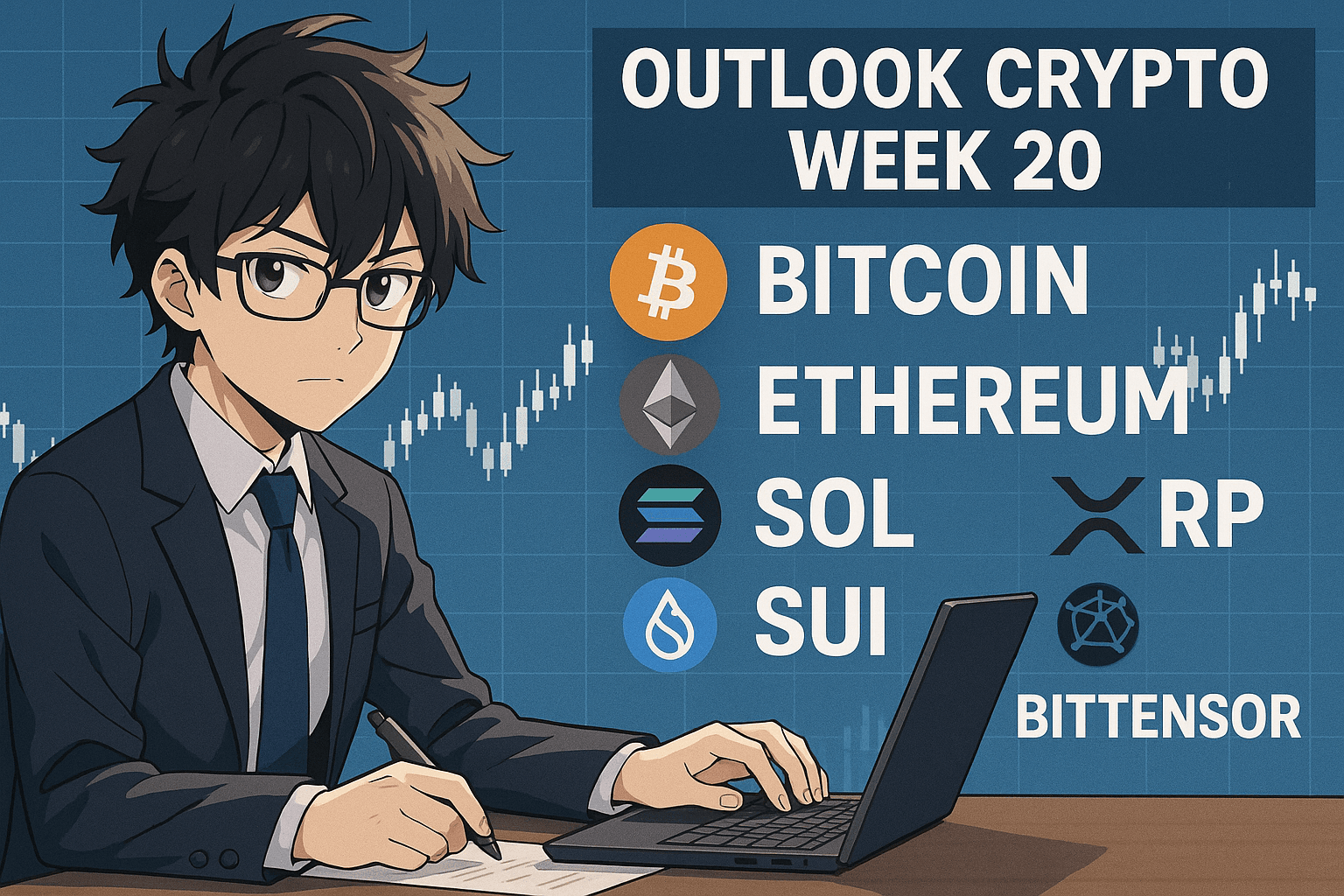Campie, a SubDAO created by Magpie, is dedicated to enhancing governance and yield benefits for Camelot Exchange users. Its native token, CMP, plays a crucial role in the platform’s ecosystem by empowering users with voting power and passive income opportunities.
This article delves deeper into CMP tokenomics, discussing its various features such as locking and unlocking mechanisms, force unlocking, distribution process, and allocations for different stakeholders. Additionally, it sheds light on Campie’s contributions to the long-term growth of Camelot Exchange and the Magpie community.
CMP Token Locking Mechanism
CMP tokens can be locked to obtain Vote-Locked CMP (vlCMP), which offers two key advantages – passive income generation and participation in the governance of both Campie and Camelot.
Locking CMP tokens puts them into a default status with an indefinite lockup period. To initiate the unlocking process, users need to select the “Start Unlock” function, which triggers a 15-day cooldown period.
During this time, vlCMP holders can still earn passive income but cannot participate in voting. After the cooldown period ends, users can fully unlock their vlCMP back to CMP and continue participating in governance activities.
Force Unlocking Option
In case of urgent need for access to locked assets, users have the option to “Force Unlock” their vlCMP before the 15-day cooldown period expires. However, this comes at a cost as users are required to pay a penalty fee, which starts at 80% of their locked CMP tokens on the first day and decreases non-linearly over time.
This mechanism aims to encourage users to carefully consider their decision before force unlocking and helps maintain stability within the platform’s ecosystem. Additionally, it ensures that users who choose to unlock their vlCMP have a significant stake in the platform and are committed to its long-term success.
CMP Token Distribution Process
The distribution of CMP tokens is designed to be fair and transparent, with a lock-up period and linear vesting for different allocations. The breakdown of token distribution is as follows:
- CMP Token Sale: 45% of the total supply, reserved for xGRAIL holders and stakers, who are vital contributors to Campie’s development.
- xGRAIL Launchpad Plugin Allocators: 30%, allocated to Camelot governance token holders for participation in Campie’s token sale.
- vlMGP Holders: 10%, acknowledging their significant role in Magpie’s governance, offered the opportunity to participate in CMP token sale.
- Liquidity Providers: 10%, recognizing their importance and contribution to Campie’s success.
- MGP & vlMGP Burners: 5%, incentivizing users to burn their tokens for priority access to Campie.
- Magpie Treasury: 20%, reserved for two years with a vesting scheme, to support Magpie’s integration and reward dedicated vlMGP holders.
Campie’s Contribution to Long-Term Growth
Campie’s well-planned token distribution and allocation strategy not only benefits users but also contributes to the long-term growth of Camelot Exchange and the Magpie community. By offering passive income opportunities, incentivizing governance participation, and rewarding loyal vlMGP holders, Campie promotes a strong and stable ecosystem that is key to long-term success.
Additionally, by allocating a significant portion of CMP tokens for Magpie’s treasury with a vesting scheme, Campie showcases its commitment to recognizing and appreciating the support and trust of its community.
This approach fosters a resilient ecosystem that ensures the continued growth and success of Camelot Exchange, Campie, and Magpie as a whole. So, CMP tokenomics are strategically designed to not only empower users but also contribute to the overall sustainability and prosperity of the platform.
How to Participate in CMP Tokenomics
To participate in CMP tokenomics, users can acquire GRAIL tokens through Camelot Exchange and convert them into xGRAIL. They can then stake their xGRAIL to receive vlCMP tokens, which can be used for governance activities and earning passive income.
Users can also participate in the Campie token sale through the xGRAIL launchpad plugin by staking their Camelot governance tokens. Additionally, they can provide liquidity to CMP token pools on decentralized exchanges and earn a portion of the 10% allocation reserved for liquidity providers.
Also, vlMGP holders can participate in CMP token sales and earn passive income by locking their tokens for a specific period. With various avenues to acquire and lock CMP tokens, users can fully utilize the benefits offered by Campie’s tokenomics and contribute to the long-term growth of Camelot Exchange and Magpie.
Can CMP Tokenomics be Replicated?
CMP tokenomics is a unique and well-thought-out system that may not be easily replicated by other platforms. It takes into account the needs and contributions of different stakeholders, such as xGRAIL holders, vlMGP holders, liquidity providers, and Magpie community members.
Moreover, the locking mechanism and force unlocking option promote stability and a long-term commitment from users, which is crucial in sustaining a healthy ecosystem.
While other platforms may try to imitate CMP tokenomics, it is the combination of features and allocation strategies that make it successful and not easily replicable. Therefore, Campie’s tokenomics stands as a testament to its innovative and community-centric approach towards creating a sustainable and prosperous platform.
So, CMP tokenomics is unique to Campie and its community members, making it a valuable asset for long-term growth and success. So, CMP tokenomics has set a new standard in the realm of cryptocurrency platforms.
Should CMP Tokenomics be Considered as a Model?
Campie’s CMP tokenomics has proven to be an effective and successful model for sustaining a strong community-driven platform. It considers the needs and contributions of all stakeholders, promotes long-term commitment and stability, and rewards loyal users. Additionally, it showcases Campie’s dedication towards its community by allocating a portion of CMP tokens for Magpie’s treasury.
However, every platform has its unique needs and goals, and thus CMP tokenomics may not be suitable for all. It is essential to carefully consider the dynamics and objectives of each platform before adopting a similar model. Nonetheless, Campie’s successful implementation can serve as an inspiration for future platforms seeking to create a sustainable ecosystem that benefits its users and community.
FAQs
Can CMP tokens be traded on exchanges?
Yes, CMP tokens can be traded on decentralized exchanges and other platforms that support its trading.
Can users unlock their vlCMP before the lock-up period ends?
No, vlCMP tokens cannot be unlocked until the end of the lock-up period. However, users have the option to force unlock their vlCMP if they choose to exit from the staking program.
How are CMP tokens distributed to liquidity providers?
CMP tokens are distributed proportionally among liquidity providers based on their contribution to the pool. The more liquidity a provider provides, the higher their share of CMP tokens will be.
Will there be any additional benefits for CMP token holders in the future?
Yes, Campie is constantly striving to enhance its offerings and provide more benefits to CMP token holders. Keep an eye out for future updates and announcements regarding additional benefits for CMP token holders.
Conclusion
Campie’s CMP tokenomics is a well-designed and innovative system that aims to create a sustainable and prosperous ecosystem for its community. With various opportunities for passive income, governance participation, and rewards for loyal holders, CMP tokens are highly valuable assets that benefit users as well as contribute to the long-term growth of Camelot Exchange and Magpie.
While CMP tokenomics may not be easily replicable, it can serve as a model and inspiration for future platforms seeking to create a strong and community-centric ecosystem. With Campie’s commitment towards its community, the future looks promising for CMP token holders and the platform as a whole.



